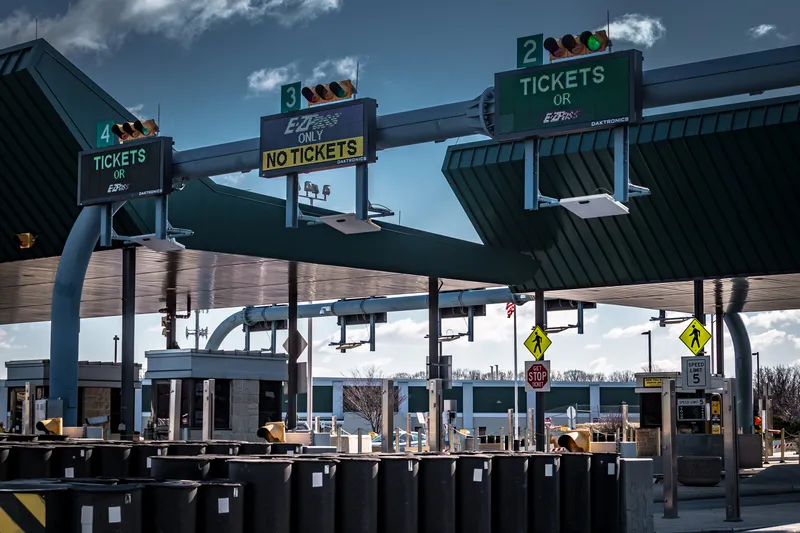The Dubai Roads and Transport Authority (RTA) has recently implemented a video electronic link between the public transport customer service call centre and the transport operations control centre. Dedicated monitors have been mounted in the call centre, enabling accurate and direct tracking of bus movements and schedules. The centre handles around 5000 incoming calls 24 hours a day, comprising suggestions, complaints and reports relating to bus schedules, and the link has been tailored to cover the busies
October 12, 2012
Read time: 2 mins
The 6700 Dubai's Roads and Transport Authority (RTA) has recently implemented a video electronic link between the public transport customer service call centre and the transport operations control centre. Dedicated monitors have been mounted in the call centre, enabling accurate and direct tracking of bus movements and schedules.
The centre handles around 5000 incoming calls 24 hours a day, comprising suggestions, complaints and reports relating to bus schedules, and the link has been tailored to cover the busiest transit routes used by the public.
“This link is intended to make it easy for the work team in the RTA customer service centre to respond to public enquiries about the delays of some buses from their published timetables,” said Ahmed Mahboob, director of the RTA customer service center.
Previously, the information was requested from the operations control centre; the link provides an accurate response to customer enquiries.
The RTA says that installing these monitors in the centre enables callers to be provided with more accurate responses, which conforms to RTA strategy of raising customers’ satisfaction and realisation of its Strategic Goal No (3): Customers First At the same time, it underlines the RTA’s commitment to deliver excellent customer service.
The centre handles around 5000 incoming calls 24 hours a day, comprising suggestions, complaints and reports relating to bus schedules, and the link has been tailored to cover the busiest transit routes used by the public.
“This link is intended to make it easy for the work team in the RTA customer service centre to respond to public enquiries about the delays of some buses from their published timetables,” said Ahmed Mahboob, director of the RTA customer service center.
Previously, the information was requested from the operations control centre; the link provides an accurate response to customer enquiries.
The RTA says that installing these monitors in the centre enables callers to be provided with more accurate responses, which conforms to RTA strategy of raising customers’ satisfaction and realisation of its Strategic Goal No (3): Customers First At the same time, it underlines the RTA’s commitment to deliver excellent customer service.










